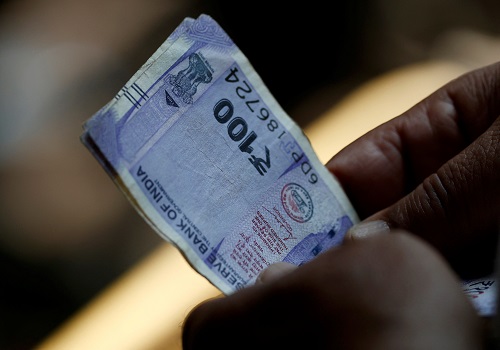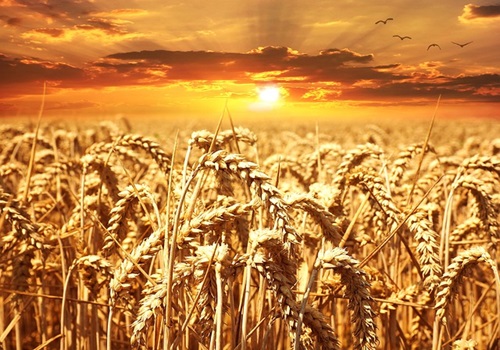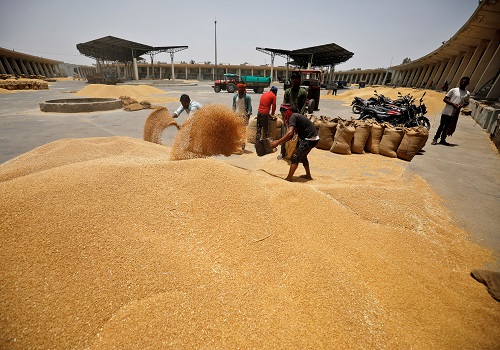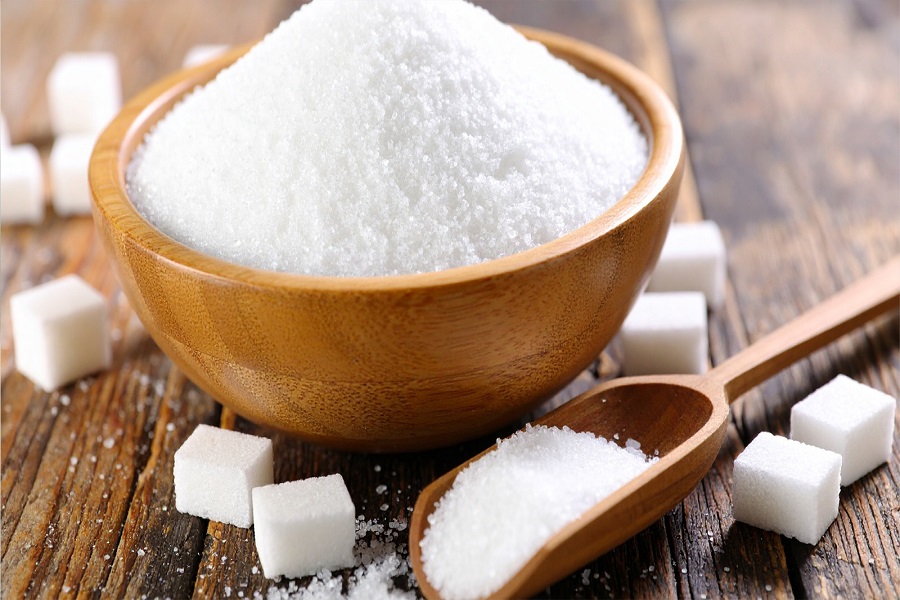Global Food Prices Drop in January as Sugar, Oils Decline by Amit Gupta, Kedia Advisory
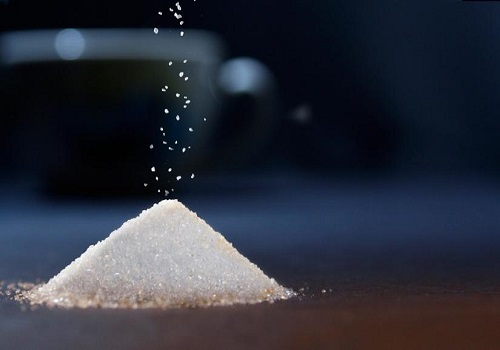
Global food commodity prices declined in January, with the FAO Food Price Index falling to 124.9 points from 127.0 in December. The drop was driven by sharp declines in sugar (-6.8%) and vegetable oil (-5.6%) prices, primarily due to improved global supply. Meat prices also fell, while cereal prices saw a slight 0.3% increase, with maize gaining and rice dropping. Dairy prices surged 2.4%, led by cheese. FAO revised its global cereal production estimate to 2.840 billion tonnes, while cereal trade is expected to contract by 5.6% in 2024/25 due to reduced Chinese demand. Global cereal stocks are projected to decline by 2.2% amid lower U.S. maize stock estimates.
Key Highlights
* FAO Food Price Index dropped to 124.9 in January from 127.0 in December.
* Sugar prices fell 6.8% month-on-month due to improved supply from Brazil and India.
* Vegetable oil prices declined 5.6%, with palm and rapeseed oil leading the fall.
* Cereal prices edged up 0.3%, with maize rising and rice falling 4.7%.
* FAO cut global cereal production estimates, with a 2.2% decline in global cereal stocks.
The FAO Food Price Index recorded a decline, averaging 124.9 points in January compared to 127.0 in December. This represents a 6.2% year-on-year increase but remains 22% below the March 2022 peak. The decline was largely driven by sugar and vegetable oils, which fell 6.8% and 5.6%, respectively. Meat prices also dropped by 1.7%, while cereals saw a modest 0.3% increase. Dairy prices surged 2.4%, led by rising cheese quotations, despite declines in butter and milk powder.
The significant drop in sugar prices was due to improved supply conditions, particularly in Brazil and India, which resumed exports. Similarly, vegetable oil prices declined as global palm and rapeseed oil prices weakened, while soy and sunflower oil remained stable. In cereals, maize prices gained due to lower production forecasts in the U.S., while rice prices dropped 4.7% due to ample global supply.
The FAO revised its global cereal production forecast to 2.840 billion tonnes, slightly down from previous estimates. Cereal utilisation in 2024/25 is expected to rise by 0.9% to 2.869 billion tonnes, while global cereal stocks are projected to decline 2.2% due to falling U.S. maize inventories. International trade in cereals is forecast to contract by 5.6%, mainly due to weaker demand from China for barley, maize, and wheat. Meanwhile, maize harvests in the southern hemisphere are set to begin in the second quarter, with strong yields expected in Argentina and Brazil.
Finally
The FAO’s report highlights a broad-based decline in food prices, led by sugar and vegetable oils. While cereals saw a mixed trend, overall global production and trade outlooks remain under pressure due to supply dynamics and changing demand patterns.
Above views are of the author and not of the website kindly read disclaimer
















